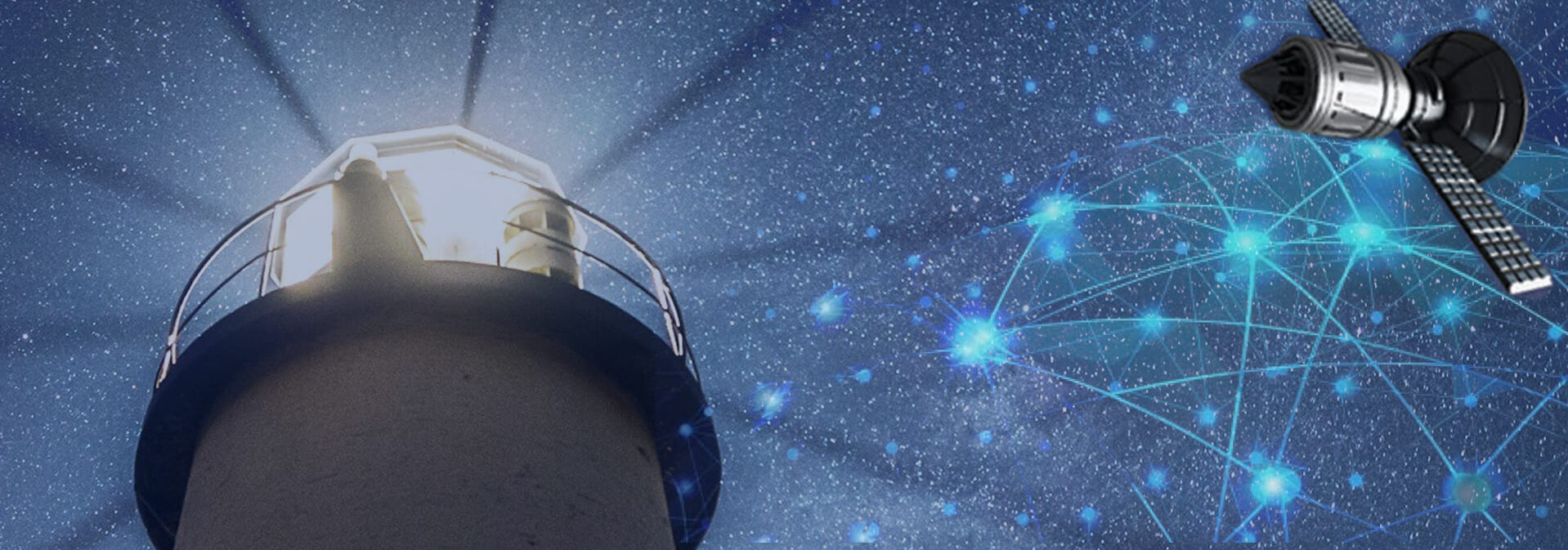| شرط الأهلية وأهميته في اتفاق التحكيم البحري دراسة تحليلية |
| أحمد عبد الفتاح احمد شحاتة |
| DOI NO. https://doi.org/10.59660/46734 Received 25/09/2022, Revised 02/11/2022, Acceptance 06/02/2023, Available online and Published 01/07/2023 |
المستخلص
تعد الأهلية من قبيل النظريات الكبرى المعول عليها في نطاق الأشخاص، يستوي في ذلك الأشخاص الطبيعيين وكذلك الاعتباريين، سواء كانت عامة أو خاصة. وتلعب الأهلية دورًا جوهريًا في نطاق إبرام اتفاق التحكيم، فلا يمكن إبرام اتفاق التحكيم في المعاملات البحرية دون أن تتوافر أهلية إبرامه، لذلك كانت الإشكالية من جانبنا تدق بصدد مدى التنظيم الذي أقامه المشرع فيما يخص أهلية إبرام اتفاق التحكيم في نطاق قانون التحكيم، لذلك وبإعمال أسس المنهج التحليلي هدفنا لأجل إلقاء الضوء على أهلية الشخص الطبيعي، وكذلك المعنوي ولكن العام والأجهزة التابعة له حصرًا، وتوصلنا على ضوء المتقدم إلى عددًا من النتائج والتوصيات أهمها في هذا الصدد، أن المشرع المصري في قانون التحكيم لم يُعين لفظ الأهلية ضمن المصطلحات القانونية الذي ينظمها القانون، على الرغم من جوهرية هذا المصطلح، الأمر الذي يدعو إلى تدخل تشريعي لمراعاة وجوه التعديل اللازمة

